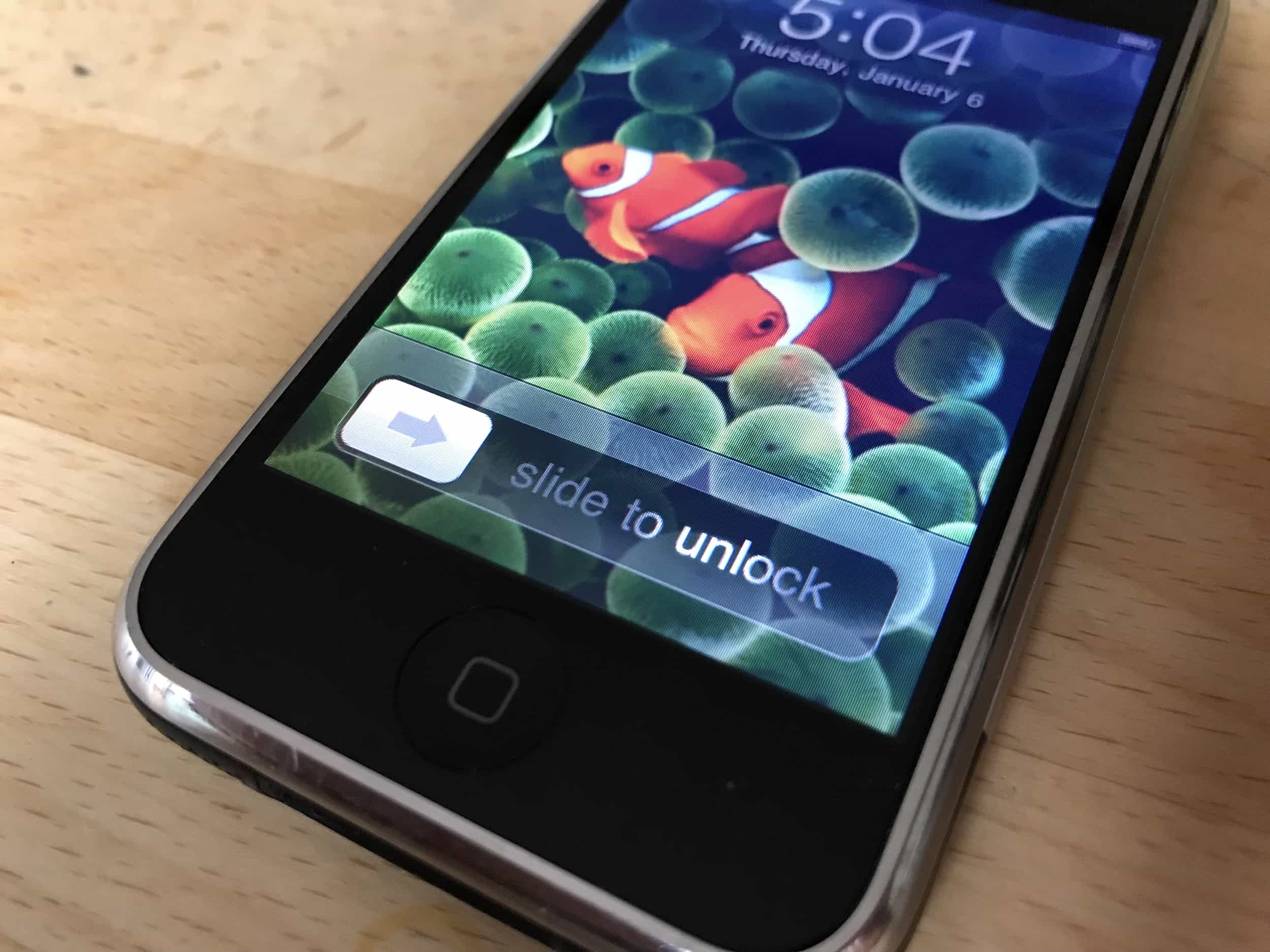
Freddy Allen Anzures is a Filipino American designer who worked on the original design team of the iPhone, the single most influential device of this century.
Anzures graduated from Carnegie Mellon University with a Bachelor’s degree in Industrial Design, 1999. As one of the most prestigious design programs around the U.S., the environment at Carnegie Mellon provided a place for him to challenge himself. The variety sets of classes he took during school not only affected the outcome of his projects, but also affected his outlook on solving problems creatively from different perspectives. After graduating from school, he then began his career as a designer at Frog where he corporated clients such as Nike, Nintendo, and Target.
Anzures joined the Human Interface Group at Apple in 2004. He was lucky to become one of the very few selected designers to design the revolutionary product in history – the first iPhone. The team’s hard work has been justified by the fact that the iPhone has made history and impacted the industry worldwide. Throughout the 14 years he worked with the team, they continually pioneered interface designs for Mac OS X and the iPhone. As one of the original six members of the iPhone design team, he owns over 200 patents from Apple, including the very notable feature slide-to-unlock.
He came to this iconic idea during a flight trip from New York to San Francisco. One of the key design decisions that Apple’s Human Interface Team made early on while developing the iPhone was to go all-in on big, simple gestures. At that time, the design team was troubled by a work problem: how to unlock the iPhone in such a way that wouldn’t accidentally trigger the phone by error. They initially tried several different things — a two-finger slide, like zooming, or a two-finger unlock gesture, like turning a virtual door handle. They tried pressing two different points on the screen at the same time. However, none of them was impossible to do with one hand. They wanted to make a single, simple swipe accomplish as much as possible. They wanted to make a single, simple swipe accomplish as much as possible.
On the plane, Anzures stepped into the airplane bathroom stall and, as he was closing the door, he saw the slide lock on the door.

That’s when he joined the dots: a long, horizontal slide across the screen. To make the slider concept even more inciting to the users, the team also added animation on the slide box to make it looked like as if someone was shining a flashlight across it. Anzures was delighted with the effect — it was simple, elegant and fun.

References:
Kahney, L. (2017, June 30). The inside story of the iPhone’s ‘Slide to Unlock’ gesture. Retrieved December 16, 2020, from https://www.cultofmac.com/490394/iphone-slide-to-unlock-bas-ording/
M. (2019, November 08). LOOKING & TALKING. Retrieved December 16, 2020, from https://www.50odd.co.uk/looking-talking/
Rao, A. (2018, June 13). An Original iPhone Designer Embarks on Life After Apple. Retrieved December 16, 2020, from https://www.vice.com/en/article/xwm57k/original-iphone-designer-freddy-anzures-apple
Romero, A. (2018, August 07). The missing piece. Retrieved December 16, 2020, from https://medium.com/@albertorrromero/the-missing-piece-53c925243665
